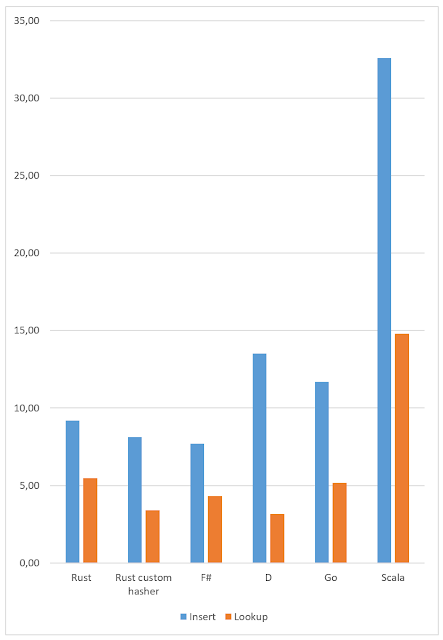Load balancing: Rancher vs Swarm

Rancher has a load balancer built it (HAProxy). Let's compare its performance vs Docker Swarm one. I will use 3 identical nodes: 192GB RAM 28-cores i5 Xeon 1GBit LAN CentOS 7 Docker 1.12 Rancher 1.1.2 I will benchmark against a hello world HTTP server written in Scala with Akka-HTTP and Spray JSON serialization (I don't think it matters though), sources are on GitHub . I will use Apache AB benchmark tool. As a baseline, I exposed the web server port outside the container and run the following command: ab -n 100000 -c 20 -k http://1.1.1.1:29001/person/kot It shows 22400 requests per second. I'm not sure whether it's a great result for Akka-HTTP, considering that some services written in C can handle hundreds of thousands requests per second, but it's not the main topic of this blog post (I ran the test with 100 concurrent connections (-c 100), and it shows ~50k req/sec. I don't know if this number is good enough either :) ) Now I creat


